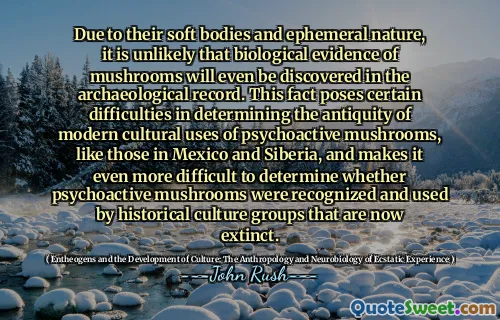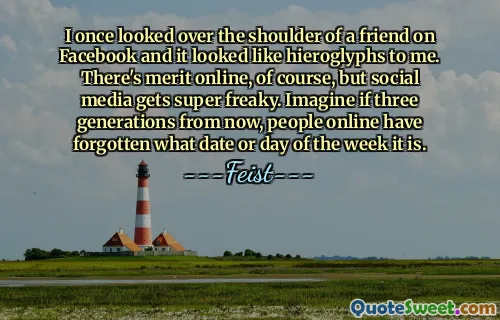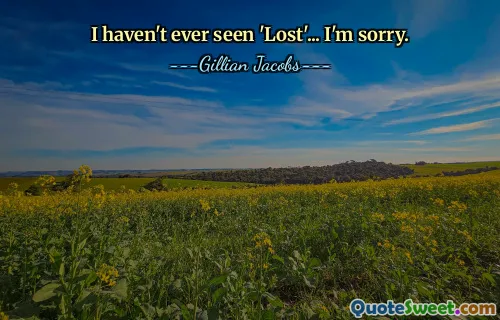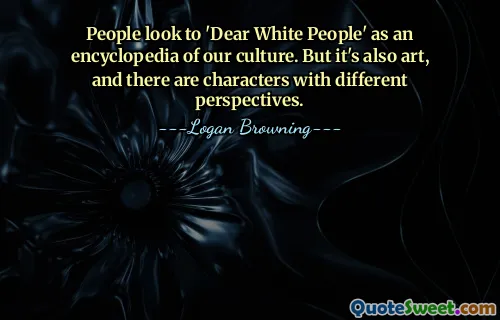
Due to their soft bodies and ephemeral nature, it is unlikely that biological evidence of mushrooms will even be discovered in the archaeological record. This fact poses certain difficulties in determining the antiquity of modern cultural uses of psychoactive mushrooms, like those in Mexico and Siberia, and makes it even more difficult to determine whether psychoactive mushrooms were recognized and used by historical culture groups that are now extinct.
The quote highlights a significant challenge in understanding the historical and cultural use of psychoactive mushrooms: their biological fragility and perishable nature make archaeological evidence scarce or nonexistent. This absence of physical remnants complicates efforts to ascertain the origins and timeline of their use across different cultures, particularly in regions like Mexico and Siberia where traditional use is documented. From an anthropological perspective, this raises intriguing questions about how much we rely on material evidence to reconstruct past behaviors and beliefs. Cultures that employed such substances might have had rich ceremonial and spiritual practices centered around these fungi, yet the lack of tangible artifacts makes it difficult to document and verify these practices archaeologically. We must then depend on ethnographic records, oral histories, and indirect evidence, which can be fraught with interpretational challenges. This situation limits our understanding of the full historical scope of psychoactive mushroom use and raises questions about how widely and frequently they might have been utilized in societies now lost to time. Additionally, it points to the importance of interdisciplinary approaches—combining anthropology, neurobiology, ethnobotany, and history—to piece together a comprehensive picture of these practices. The ephemeral nature of the evidence should encourage us to cherish the cultural knowledge passed down through generations, recognizing that much of this history may be preserved only in oral traditions rather than archaeological residues.






